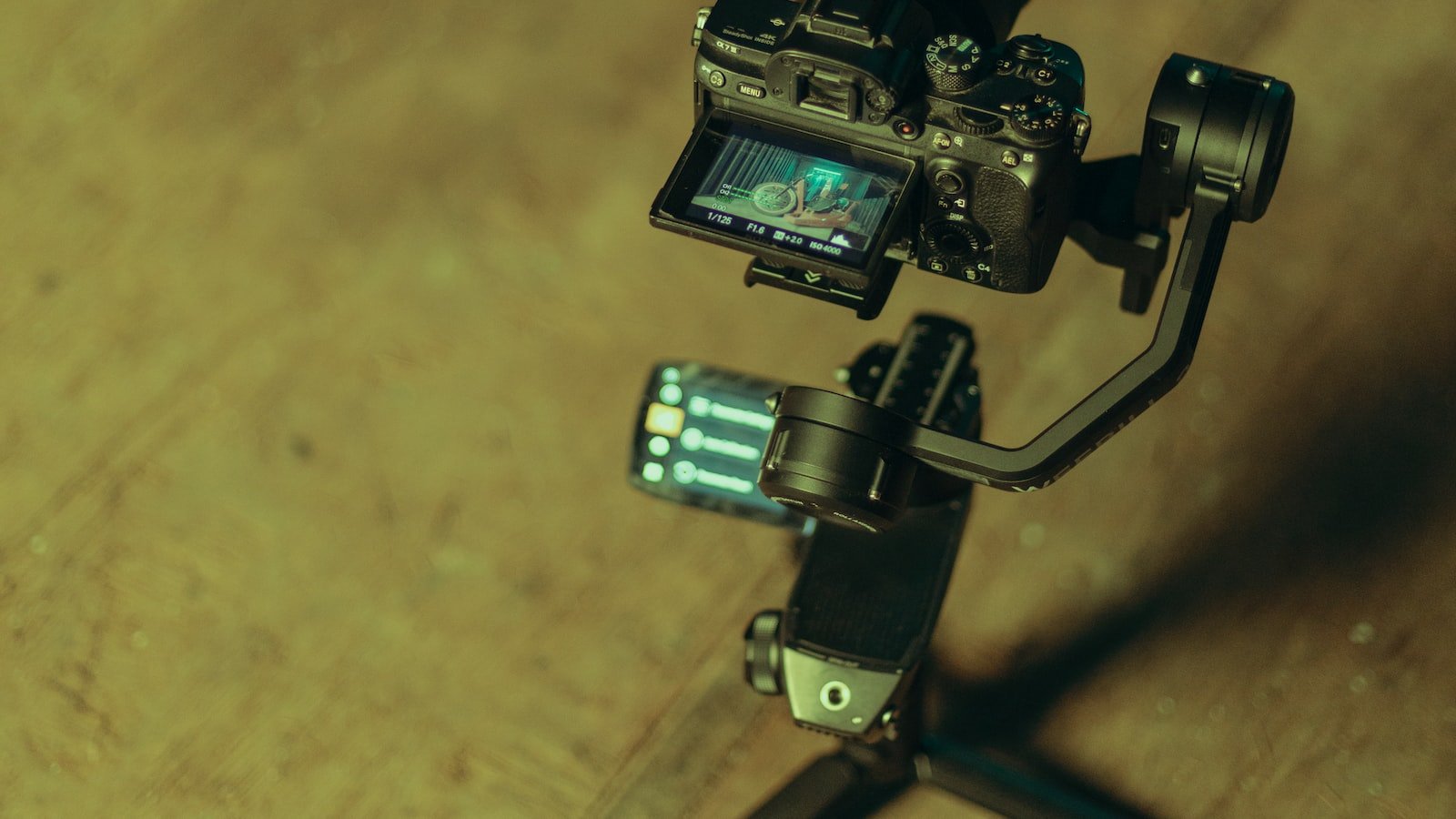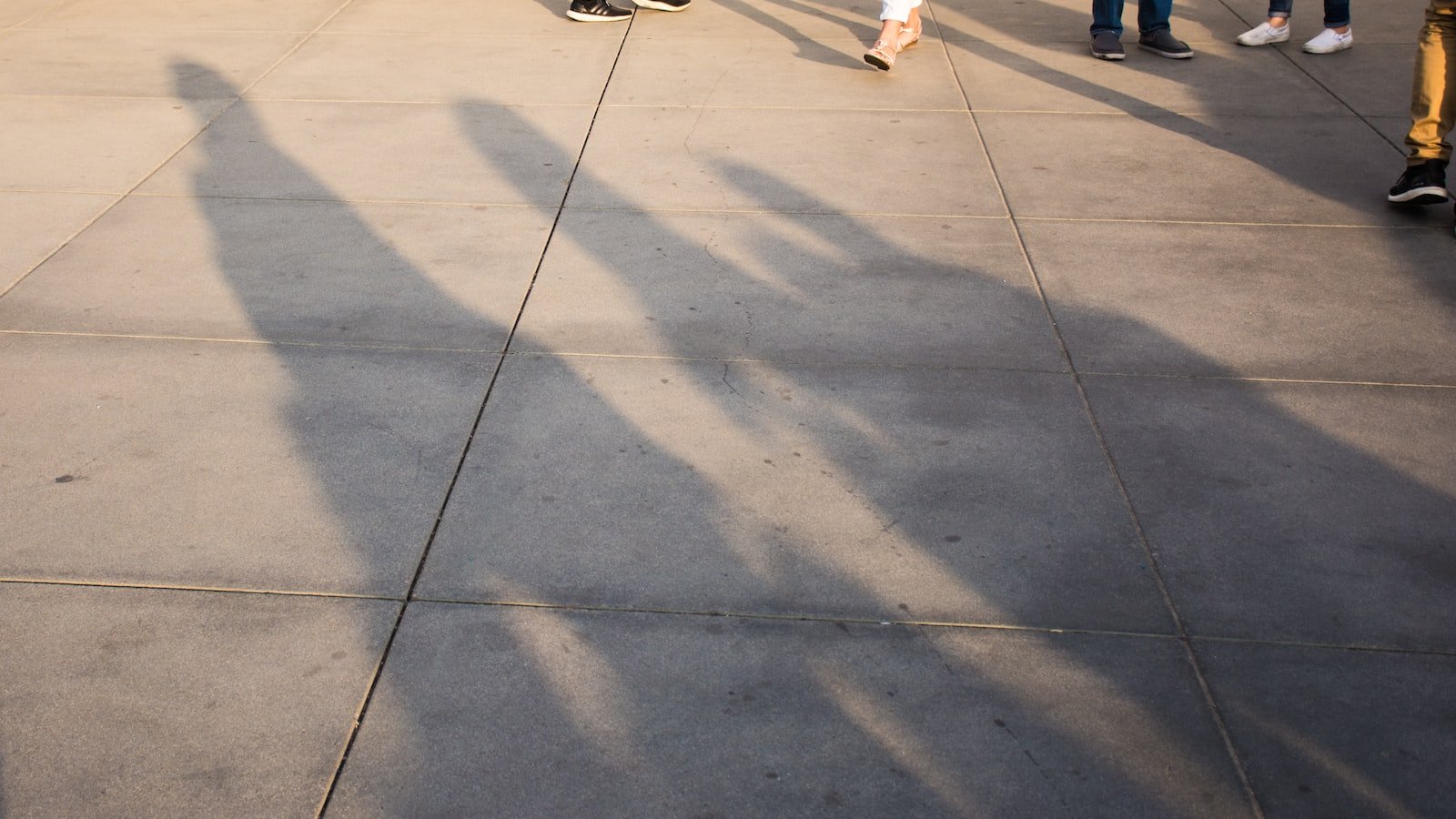Unlocking the secrets to perfect exposure correction requires a delicate dance between brightness and shadow, a harmonious blend of light and darkness that can transform your photographs from mere images to captivating works of art. Like a skilled conductor leading an orchestra, mastering the art of exposure correction is all about finding that sweet spot where the right amount of light imbues your subjects with life, while shadows bring depth and intrigue. In a world where overexposure can wash out the beauty and underexposure can leave your images shrouded in darkness, join us on a journey to uncover the key techniques for achieving impeccable balance in your photographs. So grab your camera and brace yourself for an adventure in the realm of exposure correction, where illumination and shadow come together in a harmonious symphony of visual delight.
Understanding Exposure Correction: A Key to Perfectly Balanced Images
When it comes to photography, finding the perfect balance of exposure is crucial for capturing stunning images that truly stand out. Exposure correction, the process of adjusting the brightness and contrast of an image, plays a fundamental role in achieving this balance. By understanding exposure correction techniques, photographers can unleash the full potential of their creativity and produce visually captivating masterpieces.
One of the primary benefits of exposure correction is its ability to bring out hidden details in both overexposed and underexposed areas of an image. This technique allows photographers to rescue shots that would have otherwise been lost due to poor lighting conditions or improper camera settings. With exposure correction, you can resurrect the intricate patterns in a bright sky or reveal the intricacies of a shadowy landscape, breathing new life into your photographs.
Another advantage of exposure correction is its capability to enhance the overall mood and visual impact of an image. By delicately adjusting the exposure levels, photographers can create a harmonious fusion of light and shadow, achieving a balanced and captivating composition. Whether you want to evoke a sense of drama with deep contrasts or convey a serene atmosphere with soft highlights, exposure correction empowers you to mold the ambiance of your photographs according to your artistic vision.
Not only does exposure correction allow for immediate improvement of images taken in challenging lighting conditions, but it also grants unparalleled creative freedom. With the ability to fine-tune exposure levels, photographers can experiment with different visual effects, such as high-key or low-key photography, to evoke specific emotions or convey a particular narrative. By skillfully applying exposure correction techniques, you can unleash your imagination, pushing the boundaries of conventional photography and creating truly unique and mesmerizing images.
Unveiling the Art of Balancing Brightness and Shadows in Photography
Photography, at its core, is the art of capturing moments and bringing them to life. But what truly separates a good photograph from an exceptional one lies in the ability to master the delicate balance between brightness and shadows. This art form requires an artist’s eye, technical skill, and an understanding of the interplay between light and dark. In this post, we delve into the intricacies of this balance, unlocking the secrets to creating visually captivating images.
The Dance of Light and Shadow
In photography, the dance of light and shadow is like a symphony that every photographer must conduct. Much like a painter, a photographer can use these visual elements to evoke emotions, add depth, and emphasize different aspects of a composition. The key lies in recognizing that both brightness and shadows are essential components that complement and enhance each other.
While light draws the viewer’s attention, casting shadows manifests the unseen, creating mystery and intrigue. It is essential to understand how to harness these contrasting elements to create dynamic and visually striking images. This balance between light and shadow allows photographers to play with texture, shape, and form, resulting in captivating and thought-provoking compositions.
Techniques for Achieving Balance
Now that we appreciate the importance of balancing brightness and shadows, let’s explore some techniques that can be employed to achieve this desired equilibrium:
- Exposure Compensation: This technique allows for adjustment of the exposure level, either manually or through automatic exposure compensation, ensuring that the overall brightness and darkness are balanced.
- Using Natural Light: Mastering natural light is a skill that can transform a photograph. Understanding how sunlight interacts with a subject and positioning it accordingly can significantly impact the balance between brightness and shadows.
- Utilizing Reflectors and Diffusers: These tools enable the manipulation of light, bouncing or softening it, to achieve a more balanced distribution of brightness and shadows.
The Artistic Flourish
Lastly, when it comes to balancing brightness and shadows in photography, it is crucial to remember that this is an art form. While technical knowledge and skills are indispensable, trusting one’s intuition, experimenting, and thinking outside the box can lead to the creation of truly extraordinary images. Allow yourself to take risks, explore unconventional angles, and embrace the nuances of light and dark to create a visual masterpiece.

Mastering Exposure Correction Techniques: Enhancing Visual Impact and Depth
When it comes to photography, exposure correction techniques can truly make or break a photograph. Whether you are a beginner or an experienced photographer, mastering these techniques is essential for creating visually impactful and dynamic images with depth.
One of the key aspects of enhancing visual impact is understanding the importance of exposure. By adjusting the exposure settings, you can control the brightness or darkness of your image, ultimately shaping its overall mood and atmosphere.
Here are some powerful exposure correction techniques that will help you elevate your photography:
- Bracketing: This technique involves taking multiple shots of the same subject at different exposure settings. By capturing both overexposed and underexposed versions, you can later merge them together to achieve the perfect balance and enhance the depth of your image.
- Dodge and Burn: With this technique, you can selectively lighten or darken specific areas of your photograph during post-processing. By emphasizing highlights or shadows, you can add dimension, drama, and visual impact to your images.
- Graduated Neutral Density Filters: These filters work wonders for balancing exposure in landscape photography. They allow you to darken the bright sky while maintaining the correct exposure for the foreground, resulting in stunning landscapes with enhanced depth and detail.
By combining these exposure correction techniques with your creativity and vision, you can take your photography skills to new heights. Experiment with different settings, practice, and refine your techniques to enhance the visual impact and depth of your photographs. Remember, exposure correction is an art form that empowers you to bring your artistic vision to life.

Practical Tips for Achieving Flawless Brightness and Shadow Levels
Achieving the perfect balance of brightness and shadow levels is crucial when it comes to creating stunning visuals. Whether you’re a photographer, digital artist, or simply an enthusiast looking to enhance your images, these practical tips will help you achieve flawless results that will captivate your audience. So, let’s dive right in!
Experiment with Exposure: Adjusting exposure is a fundamental technique to control the brightness levels in your photos. Don’t be afraid to experiment and find the right balance. Gradually increase or decrease the exposure to achieve your desired effect. Remember, slight adjustments can make a significant difference.
Utilize High Dynamic Range (HDR) Imaging: HDR Imaging is a great technique for capturing a broader range of brightness and shadow levels in your photos. This technique, achieved by merging multiple exposures of the same scene, allows you to bring out details in both highlights and shadows. Harnessing the power of HDR will result in breathtaking images with exceptional tonal range and depth.
Master the Art of Shadows: Shadows play a vital role in creating depth and dimension in your visuals. Experiment with different light sources and angles to cast intriguing shadows that enhance your subject or scene. Be mindful of the direction, intensity, and color of your light source to create dramatic and visually pleasing shadows that add a touch of intrigue to your work.

Exploring Advanced Tools and Approaches for Exquisite Exposure Correction
In the fast-paced world of photography, capturing the perfect shot is a constant pursuit. Whether you are a professional photographer or an enthusiastic hobbyist, the quest for exquisite exposure correction never ends. Fortunately, there are a plethora of advanced tools and approaches that can aid you in achieving flawless results. Let’s dive into some of these game-changing techniques that will take your photos to the next level.
1. **High Dynamic Range (HDR) Imaging**: This revolutionary technique allows photographers to capture images with a broader range of luminosity than traditional photography. By combining multiple exposures of the same scene, HDR imaging produces stunning results with enhanced details in both the highlights and shadows. With powerful software like Adobe Photoshop, you can now easily merge these exposures to create a striking image that maintains a perfect balance across the entire tonal range.
2. **Luminosity Masking**: Another cutting-edge approach to exposure correction is the use of luminosity masks. These masks, derived from the various luminance values in an image, allow you to selectively adjust different tonal ranges without affecting other areas. By applying targeted adjustments to specific zones, you can fine-tune highlights, shadows, and midtones with unmatched precision. This technique provides unparalleled control, empowering photographers to achieve remarkable depth and clarity in their photographs.
3. **Graduated Neutral Density (GND) Filters**: While digital post-processing tools offer tremendous flexibility, some photographers prefer to achieve exposure correction in-camera. GND filters are essential tools in their arsenal. These filters are seamlessly graduated from dark to clear, allowing you to balance the exposure between the sky and the foreground in landscape photography, for instance. They help achieve perfect exposure from top to bottom, eliminating the need for extensive post-processing while ensuring accurate representation of the scene’s dynamic range.
With the advent of these advanced tools and approaches, achieving exquisite exposure correction has become a thrilling journey for photographers. Experimenting with HDR imaging, harnessing the power of luminosity masking, and leveraging the precision of GND filters can elevate your work beyond imagination. Embrace these techniques, master their implementation, and let your creativity soar as you unlock the true potential of your photographs. It’s time to capture the world with unmatched clarity and finesse.
To Wrap It Up
As the golden sun dips below the horizon, casting its warm glow across the world, we bid farewell to the captivating realm of exposure correction. Through this enlightening journey, we have unraveled the secrets of balancing brightness and shadows, transcending the limitations of our visual realm.
From the depths of the darkest shadows to the ethereal luminosity of the brightest highlights, we have tamed the visual spectrum, using it as our canvas to master the art of exposure correction. Armed with the knowledge of diverse techniques, we have learned to harness the power of light, sculpt it with precision, and create a symphony of tones that dances within the confines of our images.
But mastering exposure correction is not merely a technical endeavor; it is an art form that allows us to shape reality and evoke emotions. It empowers us to guide the viewer’s gaze and awaken their senses to the delicate interplay between light and shadow. With every click of the shutter, we become storytellers, painting vivid narratives with a single frame.
As we depart from this enlightening odyssey, let us carry the wisdom gained in our photographic endeavors. Let us venture forth, armed with the ability to embrace both the gentle whisper of illumination and the enigmatic allure of obscurity. For in the realm of exposure correction, it is through the balance of brightness and shadows that we discover the true essence of our subjects, their beauty amplified in the interplay of light and dark.
So go forth, intrepid explorers of the visual realm. With your newfound mastery of exposure correction, harness the intricate nuances of light and shadow. Unleash your creativity upon the world, and through your lens, invite others to see the world through your unique artistic perspective. May your artworks become portals that transport viewers to vibrant landscapes, intricate macro worlds, and captivating human stories.
As the sun sets on this exposé of exposure correction, remember that achieving the perfect balance between brightness and shadows is an ongoing pursuit. With each endeavor, you will deepen your understanding of this complex dance, uncovering fresh interpretations and evolving your personal style. So, let the creative journey continue, for there is always more to explore, discover, and illuminate in this remarkable pursuit we call photography.




